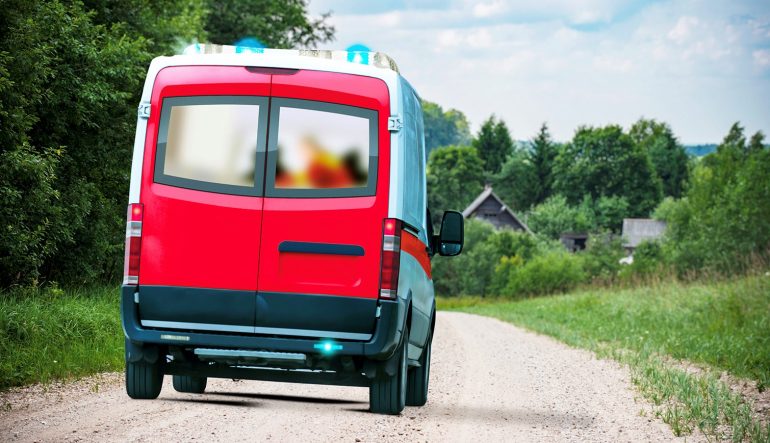Rural response times extend the time gap
Eight minutes or less. That’s the benchmarked response time that the world’s Emergency Medical Services (EMS) agencies strive for on at least 90 per cent of calls.
Achieving this ambitious target gets harder outside cities. It is not only time that impacts health outcomes in regional compared to urban EMS interventions.
According to the National Rural Health Association (NRHA), regional areas often have EMS staff with less training, fewer resources and fewer hospital or trauma centre options compared to urban areas.
RELATED ARTICLE: Health systems under pressure
Rural Policy Research Institute (RUPRI) released a paper in early 2021 examining the challenges for rural ambulance agencies in the US. It found there is such thing as a tyranny of distance when it comes to rural response times.
The report also found that regional services rely on a mix of paid and volunteer staff – which impacts supply, stability and clinical capability of emergency response teams.
That said, it is unreasonable to expect perfect response times, every time. There is plenty that can, and is done in regional communities to allow for the time it takes for EMS to send help.
Out-of-hospital cardiac arrest survival decreases when ambulance response times increase. It also increases when the right things are done within the first few minutes of a cardiac arrest, to buy time.
Is your community ready?
While ambulances may take longer to arrive in rural areas, the willingness of witnesses to intervene in regional areas has been known to be higher.
For example, this study from the Medical Journal of Australia found bystander CPR was more likely in rural (65.7 per cent) than urban areas (48.4 per cent).
This could partly be explained by another finding of that same study, which showed the incidence of out-of-hospital cardiac arrest was higher in regional areas. The distributed nature of populations in these areas however, made public access defibrillator (PAD) networks less effective.
The recommendations of this study included home defibrillation for selected patients, and new technologies for external cardiac massage.
While these new technologies are getting closer, the broader challenges for regional and communities are stark.
The varied efforts of HeartSafe communities like Kangaroo Island set the benchmark when it comes to addressing these challenges.
Improving PAD network density, improving community-wide literacy of CPR awareness, and collaboration between EMS and community groups, are key to reducing the impact of longer EMS response times in regional areas.



